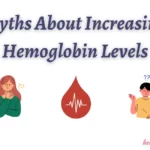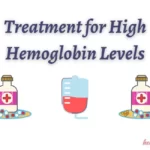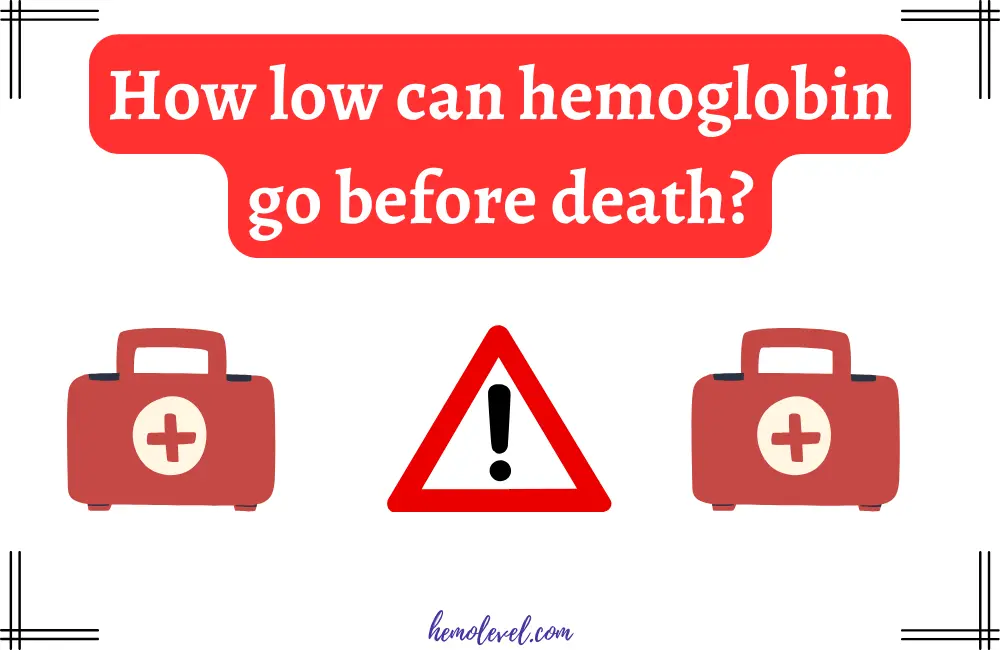How low can hemoglobin go before death? Understanding Critical Levels
Last updated on February 2nd, 2024
Hemoglobin, the unsung hero in our blood, plays a crucial role in carrying oxygen to our body’s vital organs. The question arises: how low can hemoglobin go before it becomes a matter of life and death? In this exploration, we’ll delve into the critical thresholds of low hemoglobin levels and their implications for the human body.
Hemoglobin’s Vital Role in the Body:
Before we dive into the critical levels, let’s understand why hemoglobin is so essential. Hemoglobin, a protein in red blood cells, binds with oxygen, ensuring it reaches our tissues and organs. Without enough hemoglobin, our bodies can’t function properly.
Normal Hemoglobin Levels:
In a healthy individual, normal hemoglobin levels typically range between 12.0 to 15.5 grams per deciliter (g/dL). This range ensures an adequate supply of oxygen for the body’s needs.
Critical Hemoglobin Levels and Health Impacts:
When hemoglobin levels drop significantly below the normal range, it can have severe consequences for health.
Mild Anemia (10.0 to 11.9 g/dL):
- At this stage, symptoms may not be pronounced, but mild fatigue and weakness can set in. It’s a signal that the body’s oxygen supply is beginning to be compromised.
Moderate Anemia (7.0 to 9.9 g/dL):
- As hemoglobin levels continue to drop, symptoms become more noticeable. Fatigue intensifies, shortness of breath may occur even with mild activity, and pale skin becomes apparent.
Severe Anemia (Below 7.0 g/dL):
- This is the critical threshold where the risks become life-threatening. Severe fatigue, rapid heart rate, dizziness, and shortness of breath at rest are common. The body struggles to get enough oxygen to vital organs.
Life-Threatening Anemia (Below 5.0 g/dL):
- At this stage, the risk of organ failure and death significantly increases. Severe fatigue, pale or jaundiced skin, chest pain, and confusion are evident. Immediate medical intervention is imperative.
Factors Influencing Hemoglobin Levels:
Understanding what can lead to dangerously low hemoglobin levels is crucial.
Nutritional Deficiencies:
- Inadequate intake of iron, vitamin B12, and folate can lead to decreased hemoglobin production.
Chronic Diseases:
- Conditions like chronic kidney disease or inflammatory disorders can contribute to low hemoglobin levels.
Blood Loss:
- Severe bleeding due to injury, surgery, or underlying health conditions can rapidly deplete hemoglobin.
Emergency Measures for Low Hemoglobin:
When hemoglobin levels reach life-threatening levels, emergency medical attention is essential. Treatment may involve blood transfusions, iron or vitamin supplements, and addressing the underlying cause.
Preventing Low Hemoglobin Levels:
- Prevention is key, and maintaining a healthy lifestyle can help.
Balanced Diet:
- Ensure a diet rich in iron, vitamin B12, and folate through foods like red meat, leafy greens, and fortified cereals.
Regular Check-ups:
- Routine health check-ups can catch early signs of anemia before it reaches critical levels.
Conclusion:
While the body can tolerate mild drops in hemoglobin, reaching critical levels poses severe health risks. Understanding the signs and causes of low hemoglobin is crucial for timely intervention and prevention. Regular health check-ups and a balanced lifestyle play significant roles in maintaining optimal hemoglobin levels.
Stay Healthy, Stay Happy !!
Also Read:
- Most Common Questions on Hemoglobin Levels

- Myths about increasing Hemoglobin Levels

- Treatment for High Hemoglobin Levels: How to Lower Your Levels Safely

To Know more about Hemoglobin Levels, visit hemolevel.com
2 thoughts on “How low can hemoglobin go before death? Understanding Critical Levels”
Comments are closed.

There’s certainly a lot to find out about this topic. I like all of the points you’ve made.